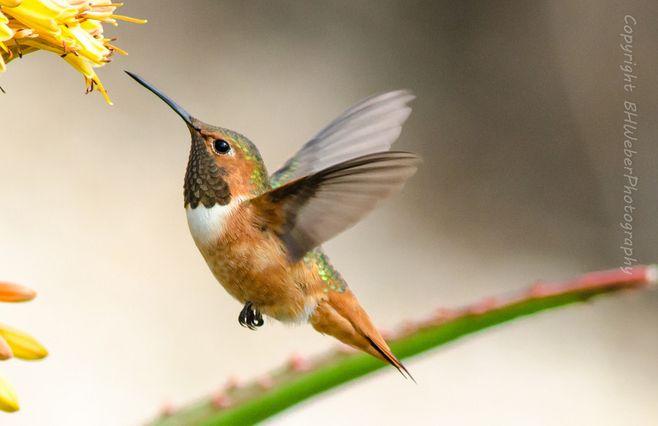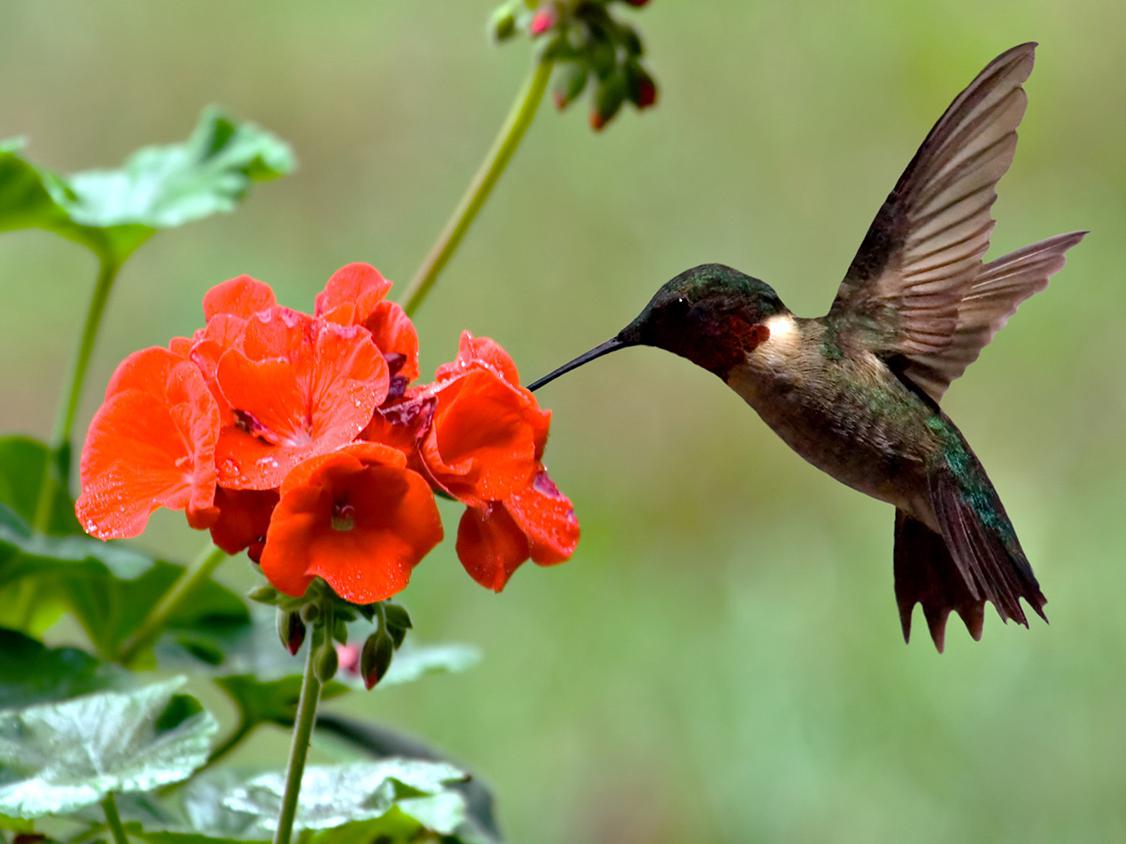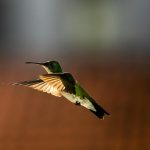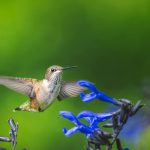Hummingbirds are known for their incredible flying abilities, vibrant colors, and unique behaviors. One fascinating behavior that people often experience is when hummingbirds fly up close to their faces. Let’s explore the reasons behind this behavior and unravel the mystery of why hummingbirds are attracted to faces:
1. Curiosity and Investigation
Hummingbirds are naturally curious creatures, and their inquisitive nature can lead them to explore unusual objects or beings that catch their attention. Here’s why hummingbirds may fly up to your face:
- Novelty: Hummingbirds are attracted to novel stimuli, and a human face can be an intriguing and unfamiliar sight for them.
- Motion Detection: Hummingbirds have excellent motion detection abilities. The movement of a person’s face, particularly the eyes or lips, may attract their attention and trigger their curiosity.
- Bright Colors: Hummingbirds are attracted to bright colors, and they may mistake a person’s face, with its vibrant features such as lips or jewelry, as a source of nectar.
- Reflection: Hummingbirds have an affinity for shiny or reflective objects. Faces often have reflective surfaces, such as eyeglasses or jewelry, which can catch the attention of these birds.

2. Territory Defense
Hummingbirds are fiercely territorial creatures and may exhibit aggressive behavior when defending their territory. Here’s how territoriality can explain their interaction with human faces:
- Perceived Intrusion: When a hummingbird perceives a face as an intruder in its territory, it may engage in aggressive behavior, such as flying up to the face and displaying territorial displays.
- Defensive Posturing: Hummingbirds may engage in display flights, vocalizations, or dive-bombing to intimidate potential threats. Flying up to a person’s face could be a defensive tactic to deter the perceived intruder.
- Protecting Resources: Hummingbirds may associate certain resources, such as nectar feeders or flowering plants, with human presence. Flying up to a face could be an attempt to protect these valuable resources from potential competitors.
3. Mistaken Identity
Hummingbirds have evolved to seek out specific visual cues associated with food sources. Sometimes, their interaction with human faces can be attributed to a case of mistaken identity:
- Flower Mimicry: Hummingbirds have co-evolved with flowers and are adapted to seek out specific flower shapes, colors, and patterns. A person’s face, with its bright and colorful features, may resemble a flower to a hummingbird.
- Nectar Source: Hummingbirds associate flowers with nectar, their primary food source. If a person has recently consumed a sugary beverage or is wearing scented cosmetics, a hummingbird may be attracted to the perceived nectar source.

4. Human-Hummingbird Interaction
The behavior of hummingbirds flying up to faces may also be influenced by certain human behaviors or environmental factors:
- Feeder Proximity: If a person is near a hummingbird feeder, the birds may have learned to associate humans with a nearby food source. They may approach faces in the hope of finding a nectar-filled flower.
- Hand-Feeding: Some people engage in hand-feeding hummingbirds, offering them sugar water from their palms. In such cases, hummingbirds may approach faces expecting a similar interaction and a potential food source.
- Unusual Circumstances: Certain factors, such as a scarcity of natural food sources or environmental changes, may lead hummingbirds to exhibit more unusual behaviors, including approaching faces in search of sustenance.
Conclusion
Hummingbirds may fly up to human faces for various reasons, including curiosity, territorial defense, mistaken identity, and human-hummingbird interactions. Their inquisitive nature, attraction to bright colors or reflective surfaces, and association of faces with potential food sources can explain thisbehavior. Additionally, territoriality and the defense of resources play a role in their interaction with faces. It’s important to note that while this behavior can be fascinating and enjoyable to observe, it’s essential to respect the well-being and natural behavior of hummingbirds. Providing them with suitable food sources, such as nectar feeders and native plants, can help ensure their conservation and minimize their reliance on human interaction. So, the next time a hummingbird flies up to your face, take a moment to appreciate their unique behavior and the wonders of nature.




